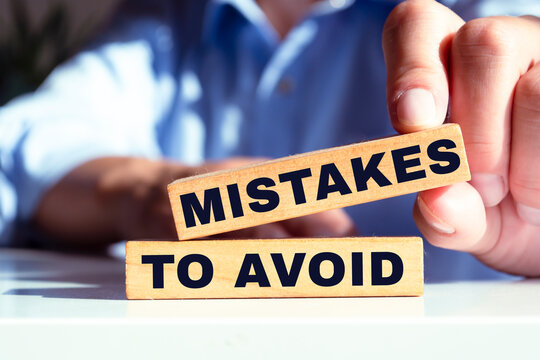Workplace safety is not just a regulatory obligation – it’s a core responsibility for businesses committed to protecting their employees, maintaining productivity, and upholding their reputation. Yet, even with stringent guidelines in place, common safety violations still occur across many Australian worksites, particularly in high-risk industries such as construction, warehousing, and manufacturing. Understanding these risks and proactively addressing them is essential for creating a safer work environment.
Inadequate Fall Protection
Falls are among the leading causes of workplace injuries. Whether it’s from scaffolding, ladders, or unprotected edges, the absence of appropriate fall protection can have severe consequences. How to avoid it: Ensure all workers have access to proper fall arrest systems, guardrails, and safety harnesses. Conduct regular training and audits to reinforce safe work at heights and compliance with WHS regulations.
Poor Manual Handling Practices
Incorrect lifting techniques and overexertion remain common sources of injury, especially in jobs involving repetitive tasks or heavy materials. How to avoid it: Provide manual handling training to all employees, focusing on posture, lifting techniques, and risk identification. Where possible, use mechanical aids or lifting equipment – for example, glass handling often requires specialised tools. For a more in-depth look at lifting practices, you might find this article helpful on how is glass lifted?
Incomplete or Missing PPE
Personal Protective Equipment (PPE) is a frontline defence in many workplaces. Unfortunately, workers sometimes skip wearing it due to discomfort or time constraints, exposing themselves to serious hazards. How to avoid it: Foster a safety-first culture where the use of PPE is non-negotiable. Ensure PPE is readily available, fits correctly, and is appropriate for the task at hand. Supervisors should lead by example and enforce consistent use.
Poor Housekeeping
Cluttered walkways, spills, and improperly stored tools or materials are all red flags for potential accidents, from slips and trips to fire hazards. How to avoid it: Implement a “clean as you go” policy and designate responsibilities for maintaining tidy, hazard-free workspaces. Routine inspections can help identify issues before they escalate.
Electrical Hazards
Exposed wiring, overloaded power boards, and faulty equipment are just a few common violations that can lead to shocks, burns, or even fires. How to avoid it: Only qualified electricians should handle electrical installations and repairs. Regular testing and tagging of equipment, along with proper storage and use of cords and power tools, can greatly reduce risks.
Lack of Safety Training and Supervision
Employees who haven’t been properly trained are far more likely to make mistakes that lead to injuries or safety breaches. How to avoid it: Provide comprehensive induction programs and refresher courses on safety procedures. Assign experienced supervisors to monitor new staff and ensure ongoing compliance with safety protocols.
Final Thoughts
Avoiding common safety violations requires a proactive approach: identifying risks, educating staff, and creating a culture where safety is everyone’s responsibility. Regular reviews of workplace practices, paired with an open feedback loop, can help prevent accidents and protect your most valuable asset – your people. If you’re unsure whether your site is meeting current safety standards, a professional safety audit may be the best place to start.








